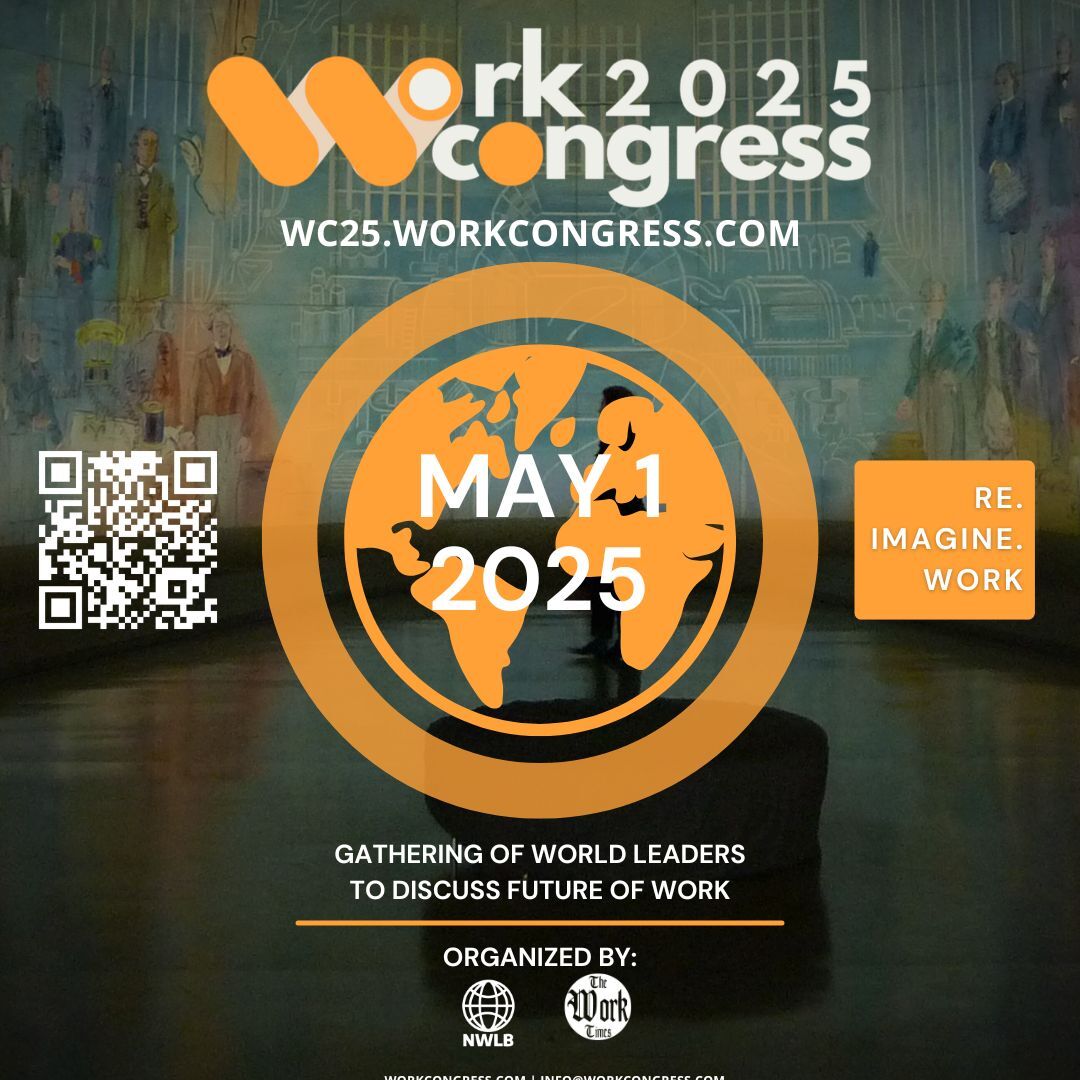In the rapidly evolving landscape of artificial intelligence, the banking sector presents a paradox. On one hand, financial giants sit on treasure troves of data and capital, seemingly poised to be the frontrunners in AI innovation. On the other, these same institutions move cautiously, deliberately avoiding plunging headfirst into cutting-edge AI applications. Instead, they strategically adopt a wait-and-see approach, observing as smaller startups venture into uncharted AI territories.
This dynamic raises an important conversation for the AI news community: why are major banks, with their enormous resources and access, choosing to let startups shoulder the risks and uncertainties of pioneering AI innovation?
At the heart of this phenomenon lies an intrinsic tension. Large banks operate within a framework governed by stringent regulations, demanding accountability, risk management, and stability. AI, particularly in its most avant-garde forms, embodies experimentation, unpredictability, and exposure to new kinds of operational and ethical risks. For institutions responsible for trillions in assets and millions of customers’ trust, the stakes are incredibly high.
Startups, by contrast, thrive in an ecosystem built on disruption and agility. They can pivot quickly, take bold risks, and often possess a cultural appetite for rapid iteration. When they innovate with AI, whether via novel credit risk models, algorithmic trading strategies, or customer service automation employing natural language processing, they absorb the initial shocks and learning curves associated with these developments.
This division of roles is not accidental but strategic. Big banks leverage startups as a form of external R&D, effectively outsourcing the riskiest phase of AI experimentalism. They monitor emerging technologies and outcomes, gleaning insights and spotting successes. Once a technology matures and shows promise, these financial giants are ready to step in—bringing their scale, regulatory expertise, and integration capabilities to bear to deploy these AI solutions safely and effectively across their sprawling operations.
Moreover, this approach aligns with the broader financial ecosystem’s evolving landscape. Banks form partnerships, participate in consortia, or even invest in AI startups, nurturing innovation without directly exposing themselves to its often volatile beginnings. This symbiotic relationship accelerates AI adoption while preserving institutional resilience.
Such a strategic posture also reflects a measured understanding of AI’s multifaceted risks. From algorithmic biases potentially impacting credit decisions to the opacity of deep learning models influencing compliance and fraud detection, AI introduces new challenges. Testing these functionalities in smaller, more controlled environments minimizes adverse impacts on the financial system and customers.
For the AI news community, this banking strategy offers a compelling narrative beyond the hype of AI breakthroughs. It underscores a sophisticated, layered approach to innovation where prudence coexists with progress. Big banks recognize that leadership in AI does not necessarily mean being the first to innovate but mastering the art of curated adoption. They aim to balance the promise of AI with the imperative of trust and stability.
In essence, the banking industry’s cautious dance with AI startups is a mature acknowledgment of the transformative potential and inherent perils of artificial intelligence. As these startups dazzle with innovation, the financial giants stand guard—an essential dynamic that shapes AI’s trajectory in one of the world’s most critical sectors.
Understanding this interplay enriches the ongoing discourse in AI communities. It challenges simplistic narratives of innovation dominance and instead invites us to appreciate the nuanced choreography between risk-taking pioneers and strategic incumbents.
As AI continues to permeate finance and beyond, where risk and innovation intersect, watching big banks’ interplay with startups offers crucial insights into how AI will evolve—not in isolated bursts, but through collaboration, caution, and shared vision.

